IMS Student Lectures and Programs
IMS Student Lecture Series and Programs
IMS Student Lecture Series
The IMS Student Lecture Series is designed to expose our visitors to the broad range of the great work performed at the Los Alamos National Laboratory. Through the course of talks and videos, students will have a unique opportunity to learn about LANL directly from our top scientists and staff.If you have questions about the Student Lecture Series, please contact Kelly Shea, kshea@lanl.gov
Check the IMS site or the Student Programs site for contact information or updates.
| We are ramping up our IMS Student Lecture Series for 2022. In the mean time, you can watch 2021 lecture videos here | ||
|
Tues., June 7, 2022, 1:30pm MDT |
Sig Hecker Conference Room TA03-0032-134/WebEx |
Harshini Mukundan, C-PCS: Physical Chem & Applied Spectroscopy, LANL, "Agnostic diagnostics for a pandemic preparedness." |
|
Tues., June 14, 2022, 1:30pm MDT |
TBD |
TBD |
|
Tues., June 21, 2022, 1:00pm MDT |
Sig Hecker Conference Room, TA03-0032-134/WebEx |
|
|
Tues., June 28, 2022, 1:30pm MDT |
Jemez/Cochiti Conference Room, TA03-0207-218/WebEx |
Gary Gladysz, MST-7: Engineered Materials, LANL, “An Overview of R&D in MST-7.” |
|
Tues., July 5, 2022, 1:30pm MDT |
Jemez/Cochiti Conference Room, TA03-0207-218/WebEx |
Short bio: Nina Rosenberg has worked in both technical and leadership roles at NNSA National Laboratories since 1991. She is currently the Program Director of Nuclear Nonproliferation and Security at Los Alamos National Laboratory, where she manages a portfolio that includes primarily work for NNSA's Office of Defense Nuclear Nonproliferation. In 2011, Nina returned to Los Alamos where she was a staff scientist in the Earth and Environmental Sciences Division from 1991 until 1998. In the interim, Nina worked at Lawrence Livermore National Laboratory in a variety of roles including Division Leader and member of the senior management team in Livermore’s Physical and Life Sciences Directorate, and Global Security program manager. Nina is a geoscientist with a PhD and M.A. from the University of California, Santa Barbara and a B.A. from Princeton University. |
|
Tues., July 12, 2022, 1:30pm MDT |
Sig Hecker Conference Room TA03-0032-134/WebEx |
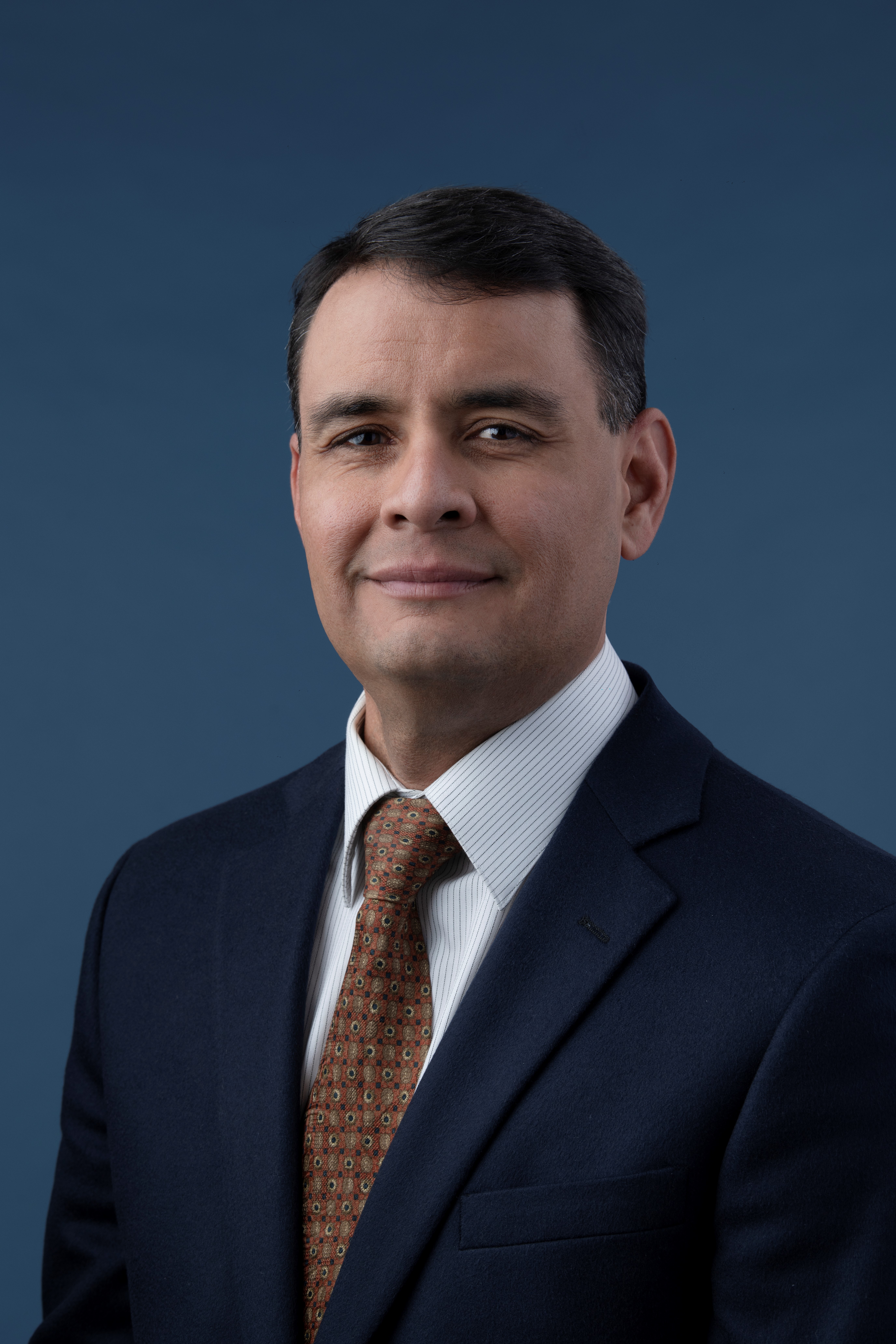
Don Quintana, W-DO: Division Leader, Weapon Systems Engineering, LANL. "Weapon Systems Engineering at LANL." Short Bio: Don Quintana is the Division Leader for Weapon Systems Engineering in the Associate Laboratory Directorate for Weapons Engineering, in charge of Stockpile Sustainment for the LANL nuclear weapon systems. He received a Bachelor’s of Science in Mechanical Engineering from New Mexico State University in Las Cruces and a Master’s of Science in Mechanical Engineering from Stanford University. He then earned a Ph.D. in mechanical engineering from the University of Arizona with a focus on experimental heat transfer and fluid mechanics. Donald Quintana has extensive experience in weapons engineering and certification, and he was the system qualification lead for the W76-1 and the B61-12 Life Extension Programs. Earlier in his career his work focused on engineering experimental methods and finite element modeling of thermal and mechanical systems applied to weapons and other complex engineering problems. He has been at Los Alamos National Laboratory since January 1998. |
|
Part 1: Tues., July 19, 2022, 1:30pm MDT |
NSSB Auditorium with WebEx - Part 1
NSSB Auditorium with WebEx - Part 2 |
Abstract:The Trinity test of July 16, 1945, marked the scientific apex of the Manhattan Project. Often recognized as the symbolic birth of the nuclear age, Trinity’s multifaceted legacy remains just as captivating and complex today as it did 75 years ago. This paper examines why the test was necessary from a technical standpoint, shows how Los Alamos scientists planned the event, and explores the physical and emotional aftermaths of Trinity. The author also uses rarely accessed original records to reconstruct the story of Trinity’s health hazards, as seen through the eyes of radiation technicians and medical doctors as events unfolded. Trinity was conducted as the Potsdam Conference began, weeks after the collapse of Nazi Germany. It was considered necessary to let President Harry S. Truman know whether the United States possessed a nuclear capability ahead of his negotiations with Joseph Stalin, the Soviet premier. The author examines the competing priorities that drove the timetable for the test: international politics, security, and safety. Three weeks after Trinity, a gun-assembled enriched-uranium bomb called Little Boy was used against the Japanese city of Hiroshima. Three days later, Fat Man, a weaponized version of the imploding Trinity device, was dropped on Nagasaki. The author briefly examines these strikes and what impact they may have had on the Japanese surrender. The paper concludes by examining the legacy of the Trinity test 75 years into the age it helped usher in. |
|
Mon., August 1, 2022, 1:30pm MDT |
Jemez/Cochiti Conference Room, TA03-0207-218/WebEx |
Abstract: Rate-temperature superposition in polymers is a well-known and examined phenomena. Pressure-temperature superposition is less well understood. This presentation will discuss experimental data investigating pressure-temperature-rate superposition in a variety of polymers, including polyurea, polymethylmethacrylate (PMMA), polytetrafluroethylene (PTFE), and polyethylene (PE). High pressure mechanics of polymers have been studied using a variety of techniques, including Paris-Edinburgh press, diamond anvil cell, pressure-shear experiments, and lateral manganin gauges in shock experiments. Complementary experimental techniques that vary rate and temperature, e.g. dynamic mechanical analysis (DMA), quasi-static tension and compression, and high rate split Hopkinson pressure bar (SHPB) loading provide a detailed understanding of superposition in polymers. Short Bio: Jennifer L. Jordan is the Technical Deputy in LANL’s UK Program Office. Prior to this position, she was Group Leader for Shock and Detonation Physics at Los Alamos National Laboratory, where she led 35+ scientists, engineers, technologists, and technicians responsible for dynamic properties of metals, polymers, and explosives. She has also served as the Dynamic Materials and Interactions Program Officer at the Air Force Office of Scientific Research, which focused on energetic materials science and shock physics of heterogenous materials, and the Lead for the Munitions Energetic Materials Core Technical Competency, Munitions Directorate, Air Force Research Laboratory. She received her BS, MS, and PhD in Materials Science and Engineering from the Georgia Institute of Technology. Jennifer’s research is focused on the high strain rate response of polymers and composites. She is the Editor-in-Chief for the Journal of Dynamic Behavior of Materials. Jennifer has served as Chair (2020) and Conference Co-Chair (2011 and 2022) for the American Physical Society Shock Compression of Condensed Matter Topical Group. She has over 45 technical papers and proceedings publications. Jennifer is a recipient of the Society for Experimental Mechanics A.J. Durelli (2018) and the G.A. Brewer (2021) Awards. |
|
Thurs., August 4, 2022, 1:30pm MDT |
JRO 1&2 Conf Room, 03-0207-111, WebEx |
Karissa Sanbonmatsu, T-6: Theoretical Biology and Biophysics, LANL. |
|
Learn at your own pace |
|
|
2022 Summer Student Program in collaboration with TAMU O‐REU
Call for Mentors: Current call is closed.
Objective: The Institute for Materials Science (IMS) aims to identify mentors and help coordinate online summer internships for Texas A&M University (TAMU) undergraduate students in the area of materials science. For more information on the TAMU O‐REU program, please see: https://oreu.engr.tamu.edu
2022 Awarded students and mentor projects:
 Trinity Wagner paired with mentor Daniel Adam Rehn (XCP-5)
Trinity Wagner paired with mentor Daniel Adam Rehn (XCP-5)
Bio: Trinity Wagner is an upcoming sophomore at Trinity University in San Antonio Texas. She has a background in coding in Python and is enrolled in the engineering school.
Project: Title - Density Functional theory studies of group 3 elements in compression. Project - Trinity's project revolved around performing density functional theory (DFT) calculations of the group 3 elemental hcp solids: scandium, yttrium, and lutetium. Trinity investigated different DFT approximations and looked at changes in the cell structure with applied pressure. She found potential signatures of changes in the cell shape at the onset of the superconducting transition of these elements.
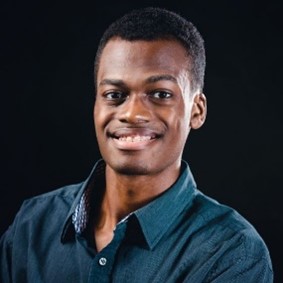 Rommel Jones paired with mentor Timothy John Gorey (Sigma-2)
Rommel Jones paired with mentor Timothy John Gorey (Sigma-2)
Bio: Rommel Jones is a 3rd year engineering student at Prairie View A&M University. Rommel has already garnered a number of impressive awards as a student, including a Most Outstanding Student Award in Electrical Engineering (2022) and a CE21 Summer Bridge Program Academic Excellence Award (2020) at Prairie View A&M University.
Project: ALD of AM Materials Research. As an O-REU student at Los Alamos National Laboratory, Rommel participated in a Laboratory Directed Research and Development project for surface engineering additively manufactured metal parts. The project required designing/building an atomic layer deposition reactor system, and Rommel’s summer project involved developing a LabView software package capable of controlling the gas injection process.
 Ryan Jones paired with mentor Brendan Joel Gifford (T-1)
Ryan Jones paired with mentor Brendan Joel Gifford (T-1)
Bio: My name is Ryan Jones and I am a senior at Harris-Stowe State University majoring in Information Science with Computer Technology. I want to become a software engineer after graduation and contribute to the technological advances that are occurring everyday. Outside of school, I enjoy watching anime, cooking, and learning new things.
Project: Assessing Radiological Sample Composition Using Laser-Induced Breakdown Spectroscopy and Machine Learning. We are working on developing machine-learning techniques utilizing convolutional neural networks that infer the composition of gallium in an actinide sample from laser-induced breakdown spectroscopy. Ryan’s work focused on using Python to develop a graphical user interface that could easily be used by an end user to load a spectrum from their computer, feed it through the neural network, and report a prediction.
 Kathleen Matthies paired with mentor Ian Schwerdt (A-1)
Kathleen Matthies paired with mentor Ian Schwerdt (A-1)
Bio: Alfred University
Project: Nuclear Forensics and Material Morphology
 Morgan Nix paired with mentor Cheryl Lynn Hawk (Sigma-2)
Morgan Nix paired with mentor Cheryl Lynn Hawk (Sigma-2)
Bio: Morgan is a rising college Junior at LeTourneau University, studying Biomedical Engineering with a Minor in Mathematics.
Project: No Pain, No Grain: Standardizing Grain Size Measurement in AM Metals. Grain size measurements in additively manufactured (AM) metals are challenging to characterize and are not currently covered by ASTM specification. In this project, Morgan researched several methods to measure grain size in columnar structures, improving the team’s ability to quantify grain size in AM metals.
 Lameesa Zahedul paired with mentor Andrew Walter Richards (Sigma-2)
Lameesa Zahedul paired with mentor Andrew Walter Richards (Sigma-2)
Bio: Lameesa Zahedul studies at Cornell University in Materials Science and Engineering.
Project: Examining the Corrosion of Uranium Hydride Using Optical Micrographs.
https://permalink.lanl.gov/object/tr?what=info:lanl-repo/lareport/LA-UR-22-27527
"[This project developed a] procedure for using the publicly available software package ImageJ to register and align optical micrographs of uranium hydride corrosion, then generate a time-lapse video to reveal growth rates and other latent features captured in the images. In the future, the methodology developed from this investigation will be applied to the full dataset from a decade-long study of hydride corrosion."
~~~~~~~~~~~~~~~~~~~~~~~~~~~~~~~~~~~~~~~~~~~~~~~~~
Past Awardees
Awarded students and mentor projects: Jeremy Boyle paired with mentor Thomas Thompson (E-14)
Jeremy Boyle paired with mentor Thomas Thompson (E-14)
Bio: Jeremy is getting is Bachelor of Science in Mechanical Engineering at the University of Texas at Austin. He has been a team member of the Longhorn Racing Solar and Green Energy Teams.
Project: His project will be analyzing uniaxial tension and compression data for a hyper-elastic material by implementing statistical methods. Additionally, Jeremy will help create a workflow process for future uniaxial tension and compression testing.

Bio: My name is Atiana Bruce, and I will be a sophomore in chemical engineering at Texas A&M University in College Station this upcoming fall 2021 semester. I will be furthering my passion for research this summer by working on a collaborative project between Texas A&M chemical engineering Professors Dr. Micah Green and Dr. Jodie Lutkenhaus and Los Alamos National Laboratories representative Dr. Hisato Yamaguchi; our research will pertain to atmospheric corrosion prevention using 2D nanomaterial coatings.
I serve as a Professional Development Co-Chair for the Texas A&M collegiate chapter of Society of Women Engineers, as well as a member of the Engineering Professionalism Committee for Christian Engineering Leaders at Texas A&M. As a first-year undergraduate student, I was an active member of the SWElites Freshman Leadership Program’s Professional Development Committee.
I am originally from Dallas, Texas and graduated Valedictorian of the Class of 2020 from The Cambridge School of Dallas. My hobbies include photography, sketching, baking, and spending time with my four younger siblings.
Projects: The project is on development of anti-corrosion coatings for metal surfaces based on atomically thin two-dimensional (2D) nanomaterials such as graphene. 2D materials possess packed atomic structure such that they do not allow corrosive gases to permeate through and they are atomically thin thus allow one to develop vanishingly thin coatings in contrast to conventional thick coatings.
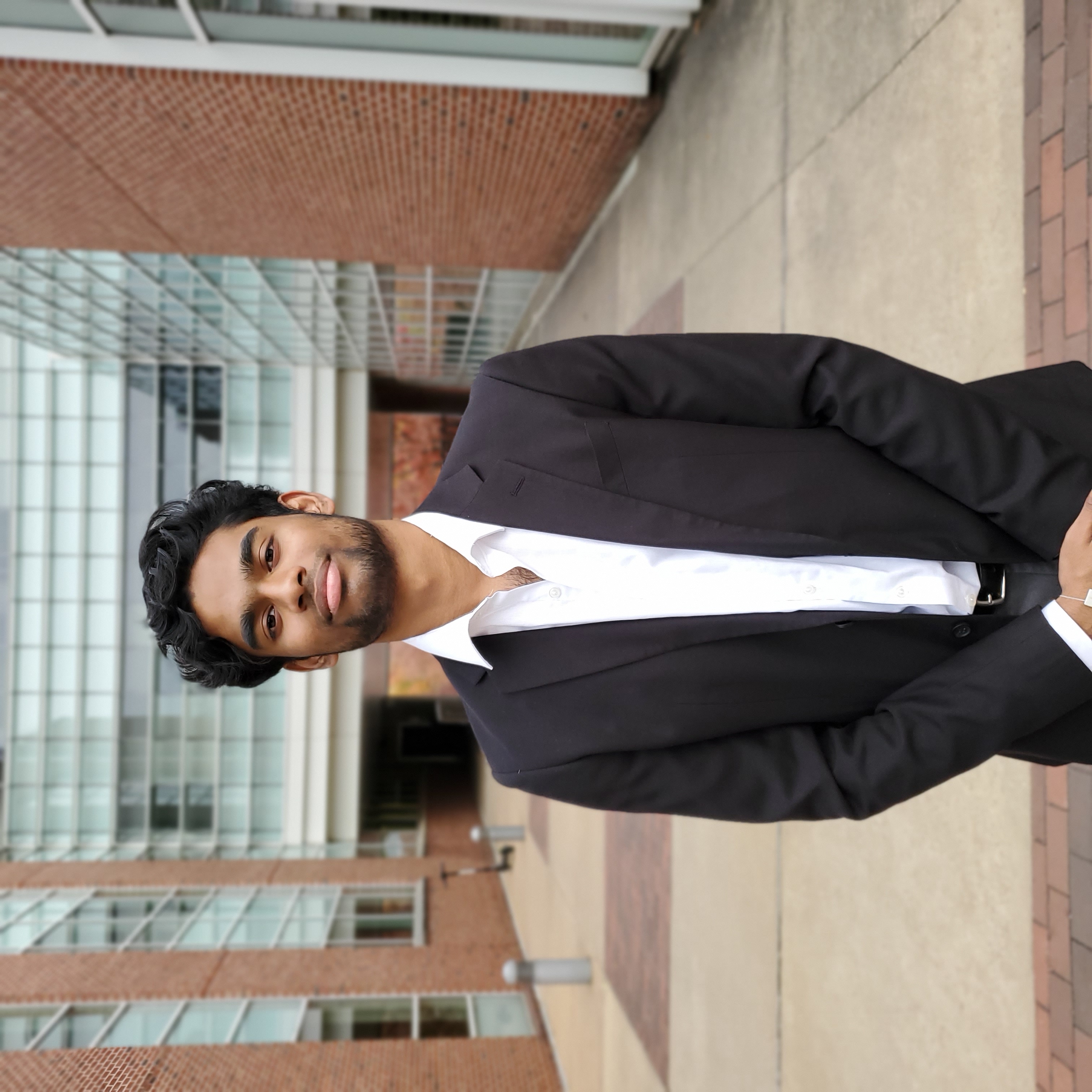
Arjun Rajasekaran paired with mentor Beth Lindquist (T-1)
Bio: Hi! My name is Arjun Rajasekaran. I am from Houston, Texas. I am an upcoming third year student at Georgia Tech. I am currently pursuing a bachelor’s degree in Materials Science Engineering. I like to read, workout, and learn new things.
Project: Colloidal self-assembly is a promising route to fabricate novel materials. Colloids have many tunable parameters, and it is often difficult to know which colloidal systems are suitable for a given structural design goal. Arjun will use statistical inference tools to discover physically relevant parameter combinations for a model colloidal system that self-assemble into desired structural motifs (e.g., modulated phases, certain open crystal structures) in silico.
 Kevin Zhang paired with mentor Lindsay O'Brien and co-mentor Cheryl Hawk (Sigma-2)
Kevin Zhang paired with mentor Lindsay O'Brien and co-mentor Cheryl Hawk (Sigma-2)
Bio: Kevin Zhang is studying aerospace engineering at Texas A&M University. He is involved with the AggieSAT Satellite Laboratory, concert and Hullabaloo bands, and Class Councils. He is a Brown Scholar and a member of the University Honors and Engineering Honors programs. Throughout high school, Kevin competed in Lemelson-MIT InvenTeams, VEX robotics, and StellarXplorers.
Project: The goal of this project is to develop a homepage for the Welding and Joining database within GRANTA which will improve data management, help knowledge transfer, and predict weld performance. This homepage will be able to perform queries and improve the user interface.
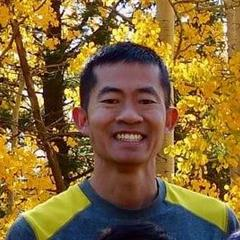 Jimmy Fung, XCP-DO: Computational Physics, LANL, “Computational Physics Overview.”
Jimmy Fung, XCP-DO: Computational Physics, LANL, “Computational Physics Overview.”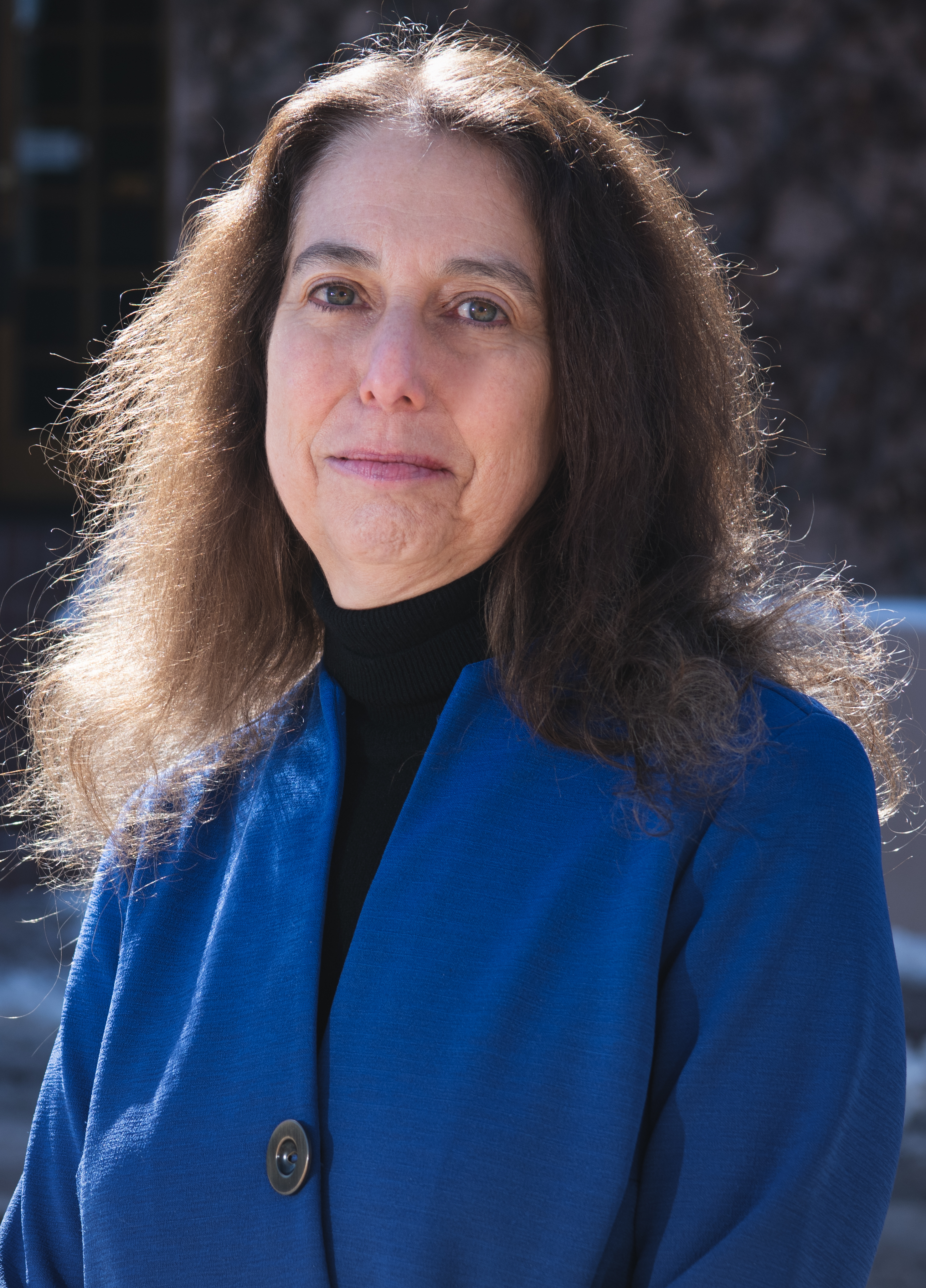 Nina Rosenberg, GS-NNS: Nuclear Nonproliferation and Security, "Nuclear Nonproliferation and Security Program at LANL."
Nina Rosenberg, GS-NNS: Nuclear Nonproliferation and Security, "Nuclear Nonproliferation and Security Program at LANL." Alan Carr, LANL Historian, "Trinity: Thirty Minutes Before the Dawn" Part 1 and Part 2.
Alan Carr, LANL Historian, "Trinity: Thirty Minutes Before the Dawn" Part 1 and Part 2. Jennifer Jordan, UK-PO: UK Program Office, LANL, "Pressure, temperature, and rate sensitivity in polymers."
Jennifer Jordan, UK-PO: UK Program Office, LANL, "Pressure, temperature, and rate sensitivity in polymers."


